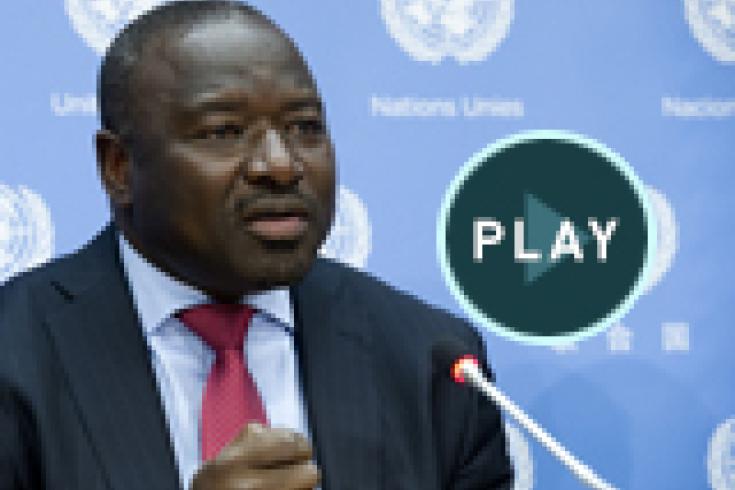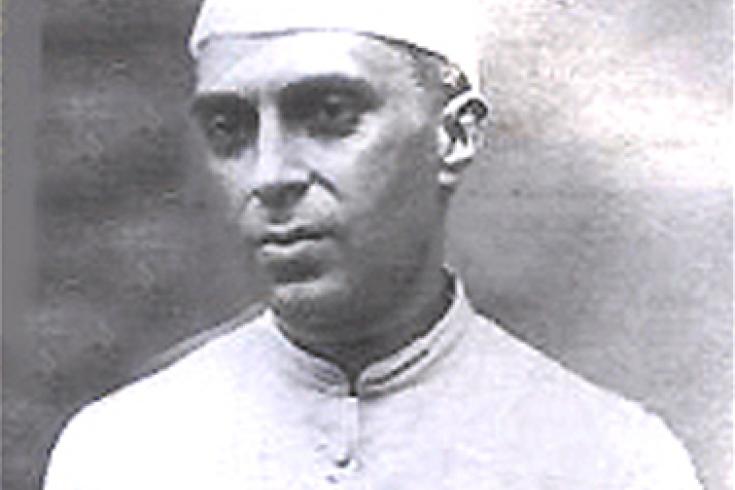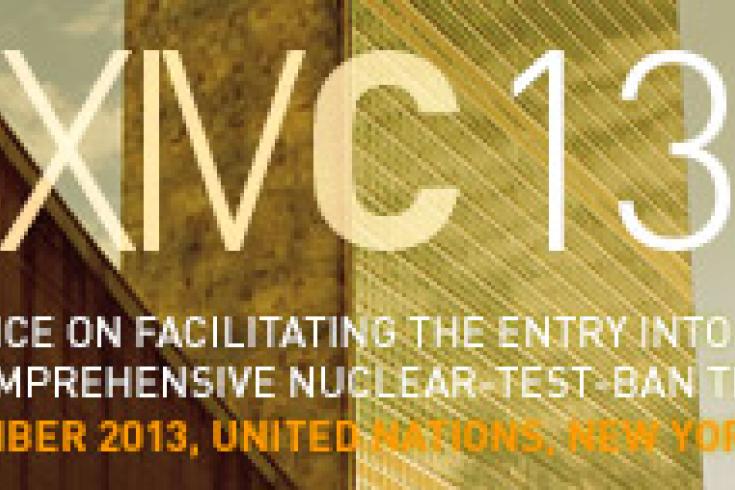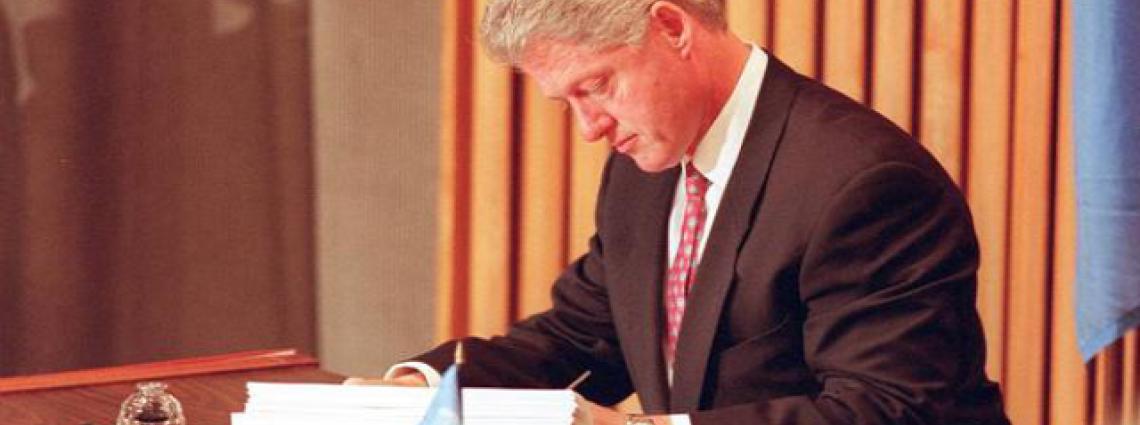Happy Birthday CTBT

- 4 September: Executive Secretary Lassina Zerbo at noon press briefing at UN Headquarters.
Long struggle to outlaw nuclear tests

Jawaharlal Nehru called for a "standstill agreement" on nuclear testing.
Nuclear testing screeches to a halt
Nuclear testing 1945-2009 - click to enlarge.
• Prohibition of all nuclear explosions, anywhere, by anyone.
• The establishment of a global verification regime, including an intrusive on-site inspection regime to detect any Treaty violations. Over 85% of a network of 337 monitoring facilities that scan the planet constantly for signs of a nuclear explosion are already operational; see interactive map.
• Stringent entry-into-force provision: The Treaty will become global law only after it has been signed and ratified by the 44 States listed in Annex 2 to the Treaty, i.e. the States that had nuclear power or research reactors when the CTBT was negotiated. Of these, eight have yet to sign or ratify: China, the DPRK, Egypt, India, Iran, Israel, Pakistan and the United States.

Visit the 2013 Article XIV Conference area.
24 Sep 2013
